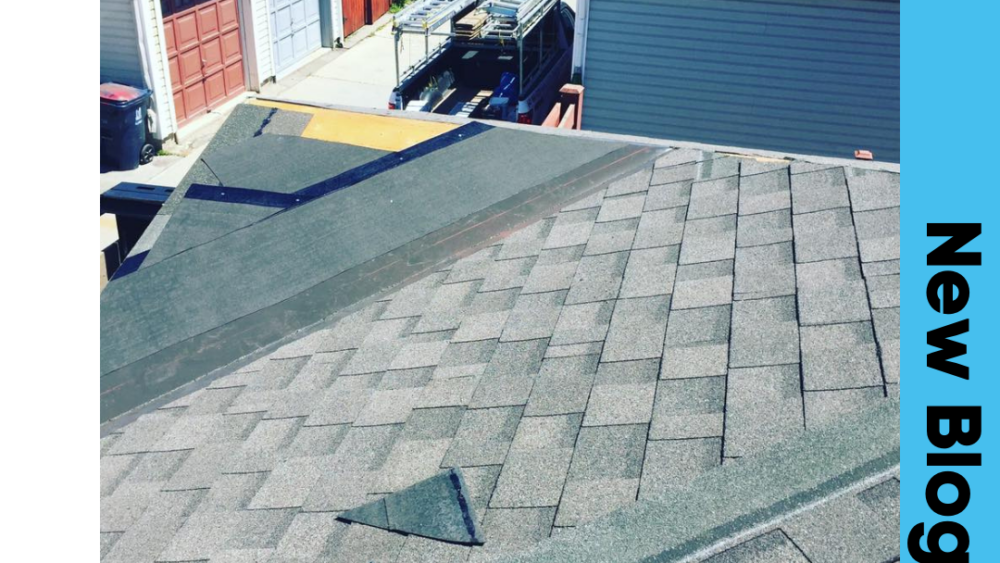What is an Ice and Water Shield?
Ice and water shield is a waterproof underlayment membrane used to shield vulnerable areas of your roof from ice and water damage. It is made up of modified bitumen with a removable film on the back. The film is removed during the installation process so that the membrane sticks to the roof deck. The advantage of an ice and water shield is that it seals around nails that are applied to the roof. This feature is so important because it reduces the damage from ice dams and wind-formed water damage penetrating vulnerable areas of your roof.
How Does Ice and Water Shield Protect Your Roof?
As partially discussed earlier, ice dams and wind-driven rain are two threats to your roof if an ice and water shield is not used.
Ice Dams. Homeowners who live in colder climates are more at risk of experiencing ice damming on their roofs. Due to living and working in Canada, we can attest to ice damming being a common occurrence in cold winter months. An ice dam is formed from the continual melting and freezing of snow caused by excessive heat escaping from your roof. We previously created an article on ice damming that you can check out on our website if want to understand more about the subject.
Wind-Driven Rain. Wind-driven rain damage is usually caused during intensive storms. The wind can direct the rainwater horizontally and get underneath your roofing shingles. This then can create moisture and possibly create a roof leak inside your house.
What Areas of the Roof Should Ice and Water Shield be Applied to?
Eaves, Valleys and Roof Edges. Roofing contractors install ice and water shields most commonly near the eaves, valleys and roof edges as these are areas on the roof that are most vulnerable to ice dams and wind-driven rain. These are also areas where most of the snow, ice and water accumulate on your roof.
Chimneys, Exhaust Vents, Plumbing Pipe Flash, Skylights and Flashings in General. Installing an ice and water shield in these areas is extremely important because it protects your roof from wind-driven water. These areas of the roof need extreme attention as these areas of the roof have openings in the decking. Hence, if any water penetrates the roofing materials it will easily get into these openings and your house.
Low-Sloped Roofs. Low-sloped roofs are a lot more riskier than high-sloped roofs. Low-sloped roofs tend to have more snow, ice and water on top of it. This reduces the lifespan of your roof and may create more problems for your roof by exposing the deficiencies that may exist. If your roof is a 2:12 to 4:12 slope you must have ice and water shield installed on your roof!




Comments are closed.